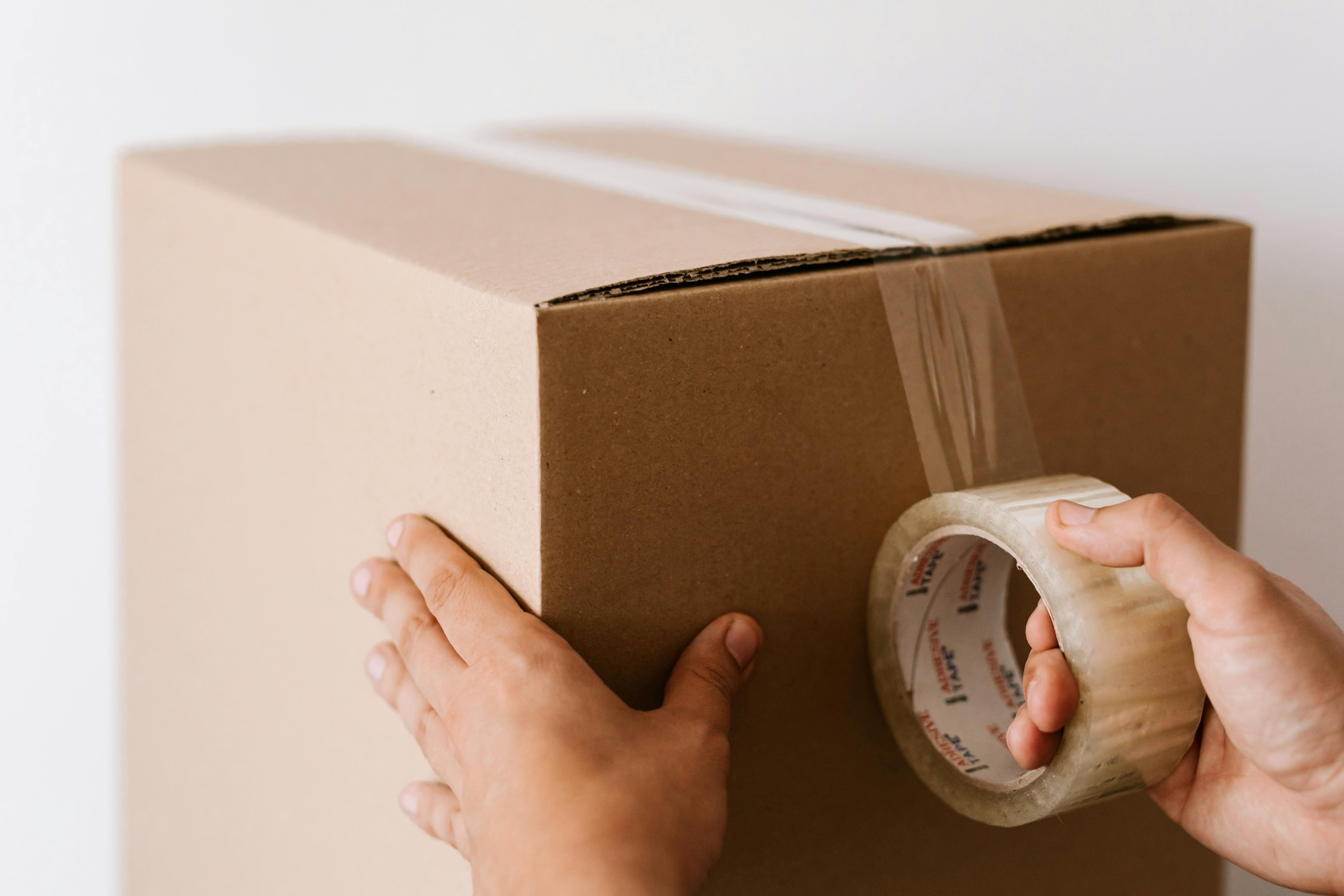Are you looking to relocate your office space and need key information and expert advice on the best strategies? Moving offices can be a very stressful undertaking – you’re essentially relocating your entire business, so there are some do’s and don’ts to keep in mind. Here are 7 top tips to ensure your large office move is as quick, easy and manageable as possible:
1. Evaluation, objectives and planning
It’s key to start by assessing your current and future business needs. Be sure to clearly detail the reasons for the relocation, as well as the short-term and long-term requirements and growth prospects of your company in order to map out a relevant office move and plan.
Establish a list of key objectives that are clearly spelled out, and make sure to collect as much information as possible as you go, including contractual details (eg, lease, notice period) as well as financial information to ensure they are in place. in line with your goals and plans.
2. Choose a suitable moving company
Choosing a suitable moving company is one of the first aspects to take into account for the big move. It is key to consider the services provided, such as packing, moving equipment, as well as insurance, experience and references. It’s also important that your primary point of contact understands your specific business requirements and needs, such as managing expensive or specialized equipment. Don’t just pick the cheapest company you can find, find out where their specialties lie beforehand.
3 packaging
When packing, it would be best to separate possessions into individual piles. Then, pack those items in separate boxes with clearly labeled names so the items can be easily identified when unpacking. Small items like folders and books should be packed together for easy access and larger items like filing cabinets don’t need to be unpacked, just locked for security and labeled by department. This will save you a lot of time when setting up your new office, so try to pack as little as possible if you can.
4. Storage
If you’re thinking of renting a smaller office space than you’re currently renting, some of your lesser-used items could go into a storage space facility. You never know when you may need these equipment, display or marketing materials, and furniture again in the near future, so don’t automatically throw them away. Your storage company can advise you on the best items to store, so you can have access when you need it.
5. Backups
Make sure all your data is backed up on your devices and computers to prevent the loss of important business information. Although moving companies aim to handle your equipment with the utmost care, factors such as data can easily be lost. One idea would be to back up business data to a device that isn’t involved in the move so it’s one less thing to worry about on the big day.
6. Plan a new design
Before you move, plan ahead and have a clear idea of your new office layout so you know exactly what furniture you need to make the move. If possible, provide your moving company with a plan so they can easily set up your new office. For this to work, you’ll need to measure your new office premises beforehand to ensure all the furniture will fit. It can also be helpful to label objects to stay organized.
7. Give a distribution plan to employees
Once you’ve settled into your new space, provide a layout plan to all employees so they’re also aware of the new setup and where important objects and fixtures are located. Again, use the labeling as a guide, so everyone can get used to the new location as quickly as possible. It may also be worth asking a few of your staff to help with the move to give you a head start and coordinate the new workspace efficiently.










